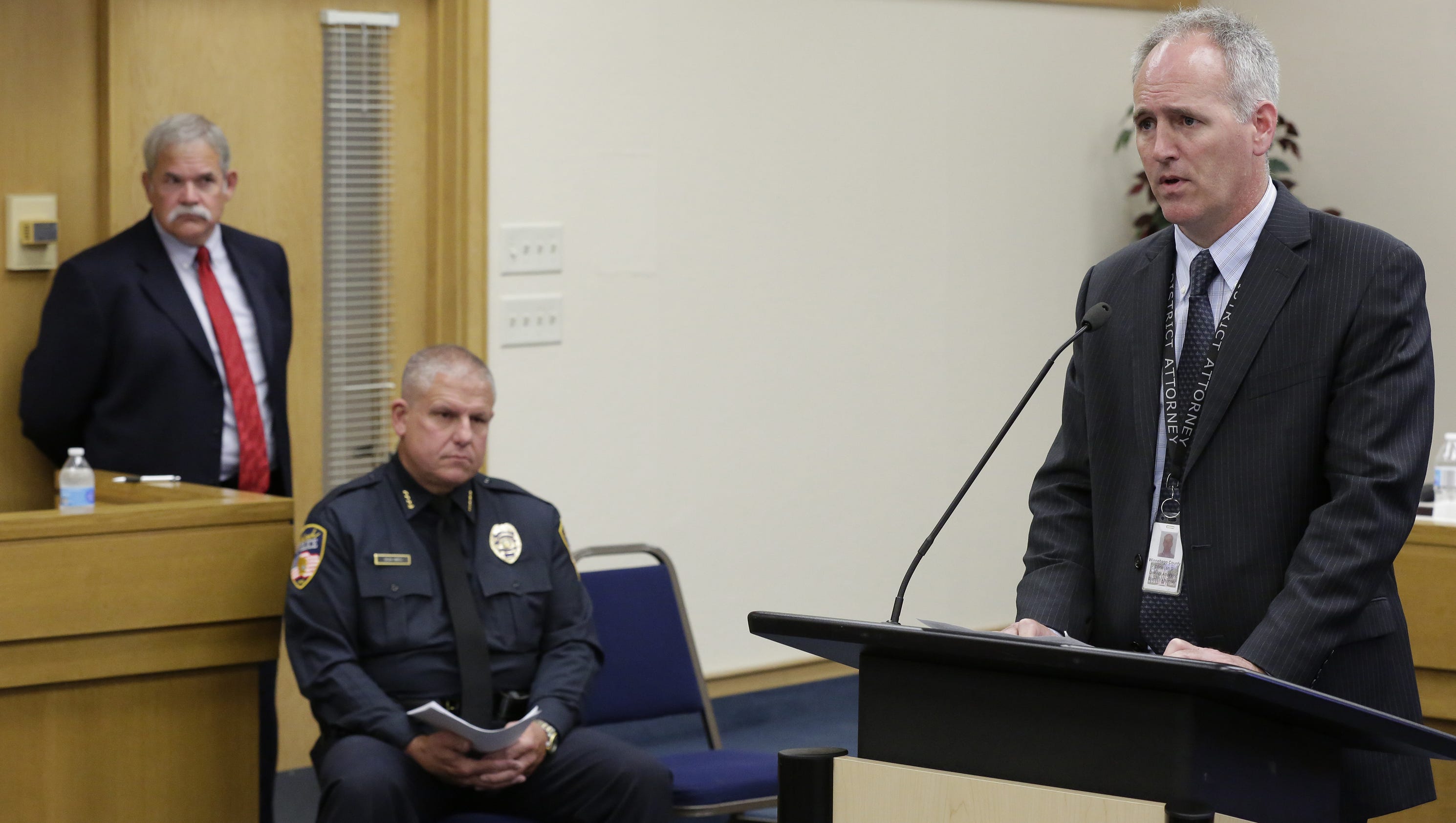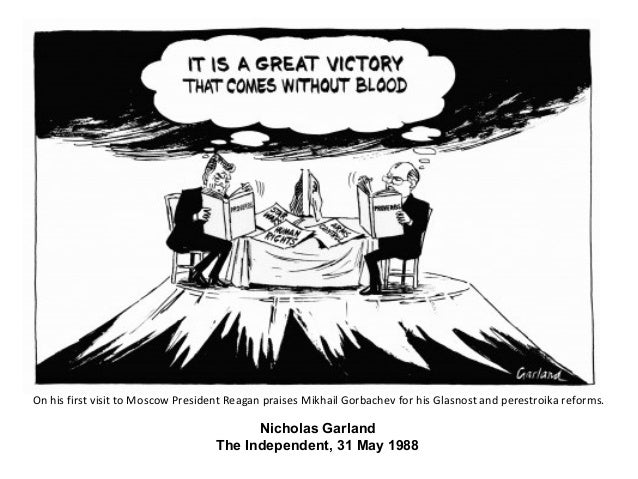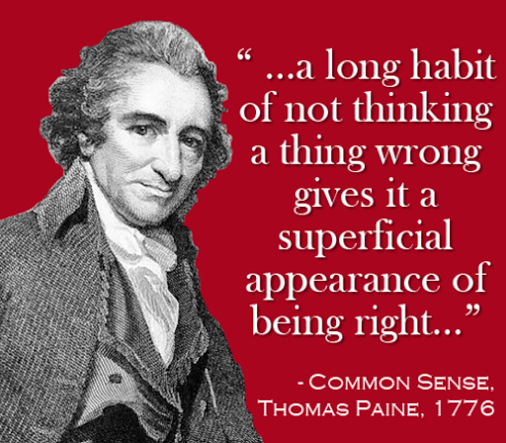Critical issues related to media, like net neutrality and media ownership, are often discussed in wonky, technical terms that leave even the most concerned citizen confused and frustrated. When I find myself having difficulty understanding these issues, I call on my former student Chris Terry for clarification and insight. Dr. Terry is an assistant professor of media ethics and law at the University of Minnesota Hubbard School of Journalism & Mass Communication. Chris is an active scholar in the areas of administrative law, media regulations, and the real world impacts of media policy.
The Federal Communications Commission in the Trump era is on the brink of making major, massive changes to the media regulatory environment. Proposed changes on Internet policy and media ownership, if they do in fact go into place, will impact each and every one of us. In order to get a better grasp of the issues, I emailed Chris some questions. Below are his responses, along with links to much information that can get inquiring minds up to speech. --Tony Palmeri
On December 14th the Federal Communications Commission
is scheduled to vote on a proposal to repeal the 2015 "net
neutrality" rules. Three part question: (1) What is net neutrality? (2)
What do the 2015 rules say? (3) Why does repeal matter?
Chris Terry Response: 1.) Net Neutrality is a term coined by Columbia Professor Tim Wu to describe how ISPs manage traffics on their networks. In practical terms, it describes a regulatory situation where your internet service provider cannot slow a consumer's access to content (a process known as throttling) or block you from accessing websites.
2.) The 2015 rules reclassified broadband from an “information service” to a “communication service” and in the process moved broadband under the Title II provisions of a common carrier. In simple terms, this makes internet service more like a utility, and essentially treats the internet like a traditional phone connection. Doing so keeps ISPs from blocking or throttling content…as all content under a common carrier status has to be treated equally.
3.) Repeal matters for several reasons, but the removal of the
2015 Title II rules will fundamentally change how internet content is delivered
to consumers. Your ISP will have the ability to control what content you can
access online, and because those are private companies (rather than state actors)
there’s no first amendment right/defense for citizens to access content they
choose.
The face of the repeal effort is the Republican Chair of the FCC Ajit Pai. What can you tell us about Mr. Pai?
Chris Terry Response: Pai has been on the Commission since the Obama administration, and was in the minority when the 2015 rules were implemented by the agency. Donald Trump appointed him chair of the FCC and Congress recently extended his term at the agency. He is a strong and outspoken opponent of net neutrality concepts or regulation.
Chris Terry Response: Pai’s association with Verizon is probably the primary reason for the protest locations, but it is worth nothing that Verizon has long opposed Net Neutrality, and was the lead plaintiff in the case that ultimately overturned the FCC’s 2010 Net Neutrality rules.
Suppose the FCC does in fact vote to scrap the 2015 net
neutrality rules. What kinds of legal challenges will ensue? What are the
likely outcomes?
Chris Terry Response: There will be a variety of legal challenges. There’s some procedural issues with the proceeding, but the most notable is the FCC’s decision to ignore a huge volume of public comments in the rule making docket. There’s also a matter of the agency acting without a change in material facts. Both of these issues are important in legal reviews of administrative agency decision making.
As for the outcomes, it is hard to predict at this point. Both sides claim to have the legal high ground.
There's also been much activity lately on the media ownership front. In November on a 3-2 party line vote, the 3 Republicans on the FCC voted to overturn a ban that's been in place since 1975 that prevented one company from owning newspapers and broadcast stations in one market. What was the rationale for the ban in the first place? The rule changes will be challenged in court, but if they do end up going into effect what will be the practical impact?
Chris Terry Response: The newspaper-broadcast cross ownership ban was a legacy media ownership policy first implemented in 1975 after a long proceeding. The agency has been trying to repeal the rule for many years, but these attempts have been tied to the agency’s ham-handed set backs on media ownership policy.
Of the media ownership rules the agency voted to change, the NBCO rule is the one most likely to withstand a judicial review because unlike the other rules, the agency actually has some empirical evidence that proposes that the rule no longer works. (Note: I produced some of that empirical evidence)
The ownership case will occur in the 3rd Circuit Court of Appeals, where the agency has been trying to resolve a remand first issued in 2003 (and again in 2011 and then in 2016) in the Prometheus Radio Project case. I am skeptical the FCC wins, and many of the rule changes will likely be remanded to the agency.
The FCC is also loosening restrictions on one company owning two stations in the same market. Who would benefit from that rule change?
Chris Terry Response: The rule you refer to is the local television ownership rule. The revision in the rule would allow a single owner/operator to possess more than one television station in a market. Several media companies would benefit from the change, but the rule change appears to be on the table to help facilitate the FCC’s approval of the merger between Sinclair and Tribune’s television properties. That merger, while contentious because of Sinclair’s political viewpoints, is not legal under the current rules, hence the attempt to change or alter the rule.
The Trump Administration is going to court to block the
proposed AT&T/Time-Warner merger. Why would Trump be opposed to the merger?
What's your personal view on the merger?
Chris Terry Response: I think there’s been a fair amount of either/or in the discussion surrounding the merger. The administration wants AT&T to divest some properties, including CNN. The suggestion was made that President Trump and CNN have an active feud going, and this was one way to get back at the news channel for criticism. While that may be true, there are some issues with the merger involving scale that I think would have made it a hard sell for anti-trust review. As I have said, Trump’s people might be making trouble, but the deal might also be problematic…both things can be true at the same time.
Net neutrality and media ownership issues can be quite wonky.
What's the best way for a citizen to stay informed and active on these
issues?
Chris Terry Response: Stay in tune with these issues by following the advocacy groups like the Benton Foundation, Free Press, The Future of Music Coalition or Prometheus Radio Project that are involved heavily in the legal and political fights over these issues.
Some links to audio/essays on both topics:
*Radio Survivor Podcast #118: Making Sense of the FCC's Effort to Kill Net Neutrality
*Radio Survivor: Chris Terry on the FCC's Legacy of Failure
*Radio Survivor Podcast #115: The Federal Consolidation Commission
*Radio Survivor Podcast #7: The FCC's Legacy of Failure With Media Ownership Policy
*Radio Survivor: Chris Terry 2015 guest column on the FCC's Legacy of Failure and Media Ownership Policy
*Radio Survivor Podcast #33: 20 Years Ago Local Radio Was Crushed
*Radio Survivor: Chris Terry on Whether the FCC's Legacy of Failure Could Trigger Even More Consolidation
*Radio Survivor Podcast #50: Prometheus v. FCC and a Generation of Gridlock
*Radio Survivor: Chris Terry on the FCC's Media Ownership Legacy-Now With More Failure!
*Radio Survivor Podcast #62: The FCC's Legacy of Failure and CMJ's Uncertain Future
*Radio Survivor: Happy(?) 21st Birthday to the Telecommunications Act of 1996
*Radio Survivor Podcast #78: Pai is Trump's FCC Guy
Want to communicate with Chris Terry? Send him an email crterry@umn.edu You can also connect with him on Twitter @Christopherterr










